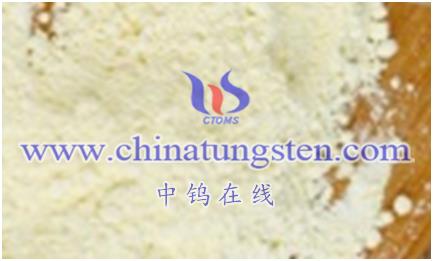The photocatalytic active electron transport of tungsten oxide (WO₃) refers to the transport process of photogenerated electrons inside tungsten oxide under light conditions. This process is a critical step in photocatalytic reactions, affecting the separation efficiency of photogenerated electron-hole pairs and the formation of active sites.
Under light conditions, tungsten oxide absorbs light energy, causing electrons to transition from the valence band (higher energy) to the conduction band (lower energy), forming photogenerated electron-hole pairs. For efficient photocatalytic reactions, these photogenerated electrons need to be rapidly transported from the site of light absorption to the site of catalytic reaction.
Electron transport can occur through two mechanisms in tungsten oxide: direct transport and indirect transport.
Direct transport of photocatalytically active electron transport in tungsten oxide (WO₃)
In the direct transport mechanism, the photogenerated electrons can be directly transported to the surface along the conduction band of tungsten oxide to participate in the catalytic reaction. This requires that tungsten oxide has good electron transport properties, that is, high electron mobility. High electron mobility can ensure the rapid transport and effective separation of electrons in tungsten oxide, avoiding the recombination of electrons and holes.
Photocatalytically Active Electron Transport Indirect Transport of Tungsten Oxide (WO₃)
In the indirect transport mechanism, the photogenerated electrons are first transferred to the carrier transport material (such as conductive agent, co-catalyst, etc.) inside the tungsten oxide, and then transported to the catalytic sites on the surface of the tungsten oxide through the carrier transport material. This mechanism can achieve more efficient electron transport by adjusting the selection and assembly of carrier transport materials.
The high efficiency of photogenerated electron transport is crucial for the efficiency of photocatalytic reactions. Higher electron transport efficiency can improve the separation efficiency of photogenerated electron-hole pairs, reduce the recombination of electrons and holes, and increase the formation of active sites, thereby enhancing the photocatalytic activity.
In order to achieve efficient photogenerated electron transport, it can be optimized by the following methods:
Optimizing the crystal structure and surface defects of tungsten oxide to enhance electron mobility and carrier separation efficiency.
Introduce carrier transport materials, such as conductive agents or cocatalysts, to provide more efficient electron transport channels.
Lighting conditions are modulated to match the rate of electron transport and the rate of production of photogenerated electrons.

More details of tungsten oxide product, please visit website: tungsten-oxide.com
Please contact CHINATUNGSTEN for inquiry and order of tungsten oxide:
Email: sales@chinatungsten.com
Tel.: 86 592 5129595






